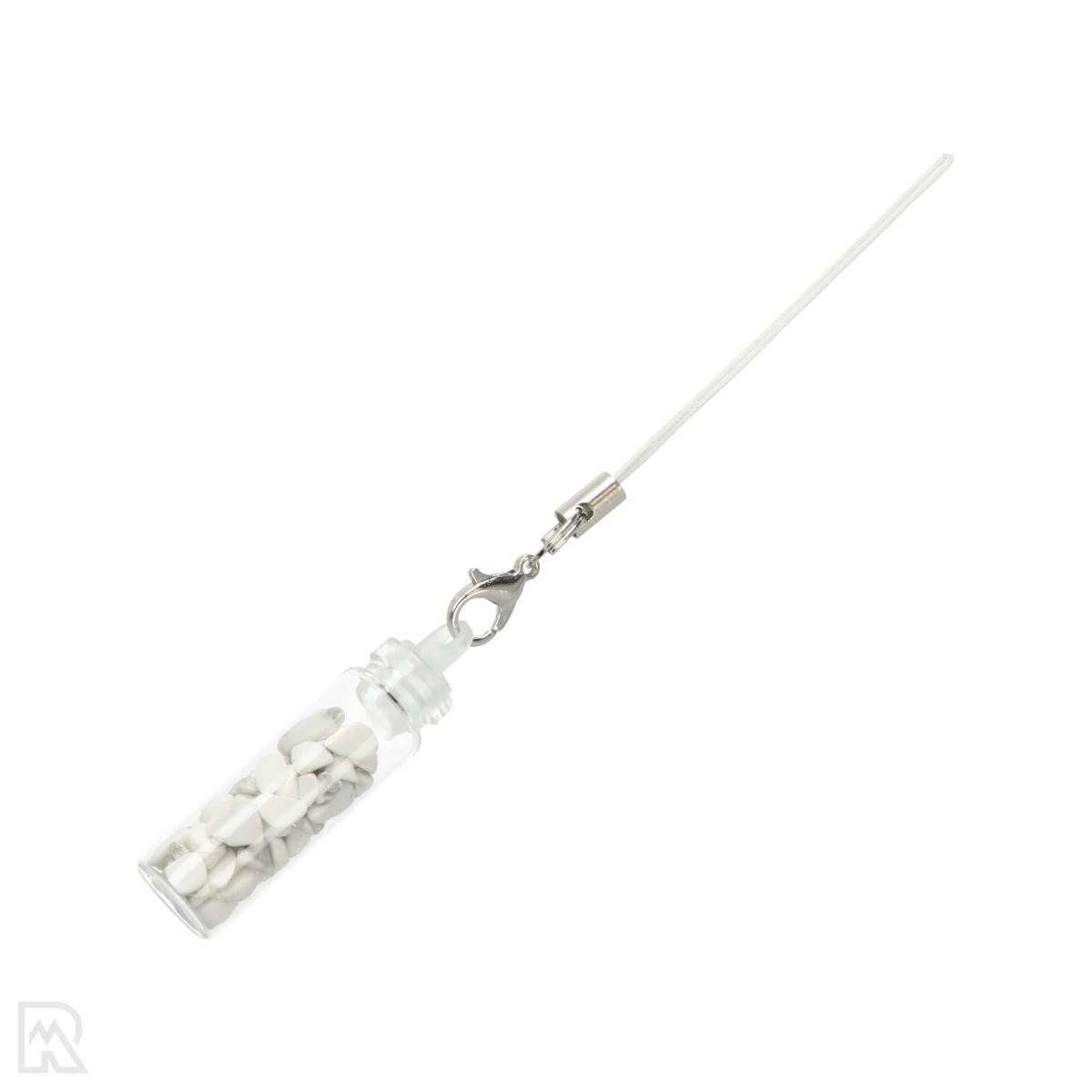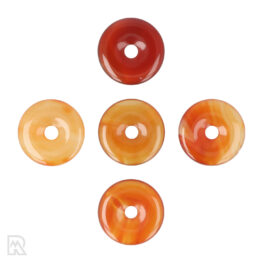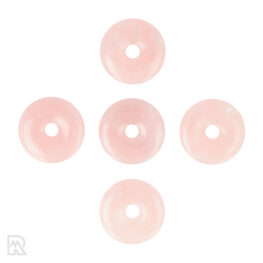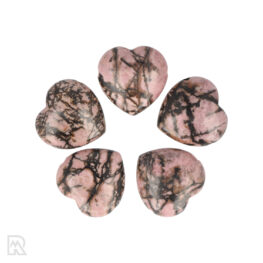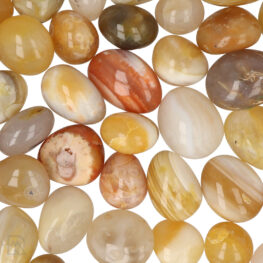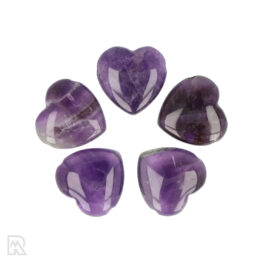| Gewicht | 0,05 kg (50 gr) |
|---|---|
| Dimensions | 1,1 × 1,1 × 3,5 cm |
| Sales Unit | |
| Type | |
| Form | |
| Origin | |
| SKU | 4994 |
Howlite Lucky Bottle
Howlite Lucky Bottle from China
Howlite
Howlite is a calcium borosilicate that is usually white with grey to black veins, giving it a marble-like appearance. Because of its porous structure, howlite is often dyed to resemble turquoise. The mineral was discovered in Nova Scotia, Canada, in 1868 and is named after Canadian chemist Henry How.
Howlite occurs mainly in Canada, China and the United States, particularly in California. It forms in boron-rich evaporite environments and is often found in small-scale deposits within sedimentary rocks. Its chemical formula is Ca₂B₅SiO₉(OH)₅ and its hardness is 3.5 to 6.5 on the Mohs scale.
Sources:
Mindat.org, Gemdat.org, Wikipedia - Howlite
Selenite
Selenite is a clear to translucent variety of the mineral gypsum (CaSO₄-2H₂O). It is known for its glassy to pearly luster and often fibrous structure. A common form is selenite, which has a silky luster and occurs in long, fibrous crystals. Despite its name, selenite has nothing to do with the element selenium; the name is derived from the Greek word for moon, because of its soft luster.
Selenite forms in sedimentary environments during the evaporation of seawater and is found in countries such as Mexico, Morocco, the US and Australia. It is a soft mineral with a hardness of 2 on the Mohs scale, making it easy to work by hand. Almost all selenite sold on the Dutch market is satin spar; however, selenite is a market-accepted sales name.
Sources:
Mindat.org, Gemdat.org, Wikipedia - Selenite
